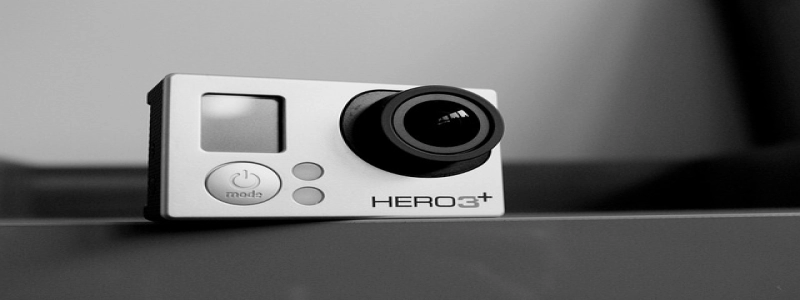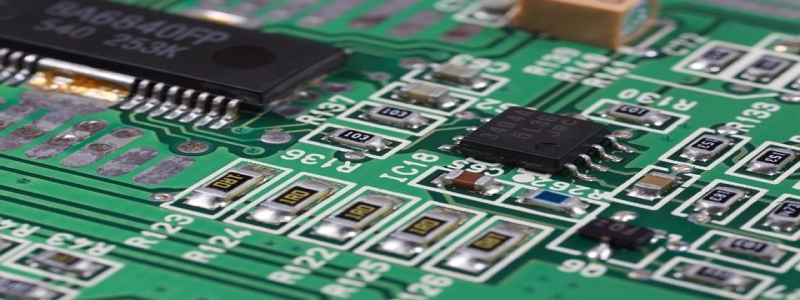Coaxial vs Ethernet: A Comprehensive Comparison
Introduction:
In today’s technologically advanced world, communication and networking play a crucial role in our daily lives. With the rapid expansion of internet usage, it has become essential to establish a reliable and high-speed connection. Two commonly used methods for networking are coaxial cables and Ethernet cables. This article aims to provide a comprehensive comparison between coaxial and Ethernet cables, focusing on multiple levels of headings to ensure a detailed understanding of both technologies.
I. Definition and Overview
A. Coaxial Cables:
1. Definition: Coaxial cables are a type of cable that carries video, audio, and data signals by transmitting electrical signals over a central conductor surrounded by an insulating layer, a metallic shield, and an outer protective cover.
2. Applications: Coaxial cables are commonly used in cable television, satellite communication, CCTV networks, and broadband internet connections.
B. Ethernet Cables:
1. Definition: Ethernet cables, also known as network cables or LAN cables, are designed to connect devices within a local area network (LAN). They transmit data using electromagnetic signals, typically through copper or fiber optic wires.
2. Applications: Ethernet cables are widely used in home networks, offices, data centers, and internet service providers to establish reliable and high-speed connections.
II. Speed and Bandwidth
A. Coaxial Cables:
1. Speed: Coaxial cables have a high-speed potential, with the ability to transmit data at several gigabits per second (Gbps).
2. Bandwidth: Coaxial cables offer a significant bandwidth capacity, making them suitable for high-definition video streaming, online gaming, and large-scale data transfers.
B. Ethernet Cables:
1. Speed: Ethernet cables come in various categories (Cat5, Cat6, Cat7), with the latest versions supporting speeds of up to 10 Gbps or more.
2. Bandwidth: Ethernet cables provide a wide range of bandwidth options, ensuring efficient data transfer and high-speed internet connectivity for both commercial and residential purposes.
III. Distance Coverage
A. Coaxial Cables:
1. Distance Coverage: Coaxial cables have a limitation in terms of distance coverage and signal attenuation. The signal quality may deteriorate over long distances, thereby impacting data transmission quality.
B. Ethernet Cables:
1. Distance Coverage: Ethernet cables are available in different types and lengths, allowing data transmission over longer distances without significant signal loss. Fiber optic Ethernet cables provide even greater distance coverage compared to traditional copper Ethernet cables.
IV. Installation and Flexibility
A. Coaxial Cables:
1. Installation: Coaxial cables require professional installation due to their complex structure and the need for precise connectors.
2. Flexibility: Coaxial cables are relatively less flexible and can be challenging to bend or route through tight spaces.
B. Ethernet Cables:
1. Installation: Ethernet cables are relatively easy to install and can be done by individuals without technical expertise. Plug-and-play options are available for convenience.
2. Flexibility: Ethernet cables are highly flexible, allowing easy routing through walls, ceilings, and tight spaces without compromising signal quality.
V. Cost and Future-Proofing
A. Coaxial Cables:
1. Cost: Coaxial cables are generally more affordable compared to Ethernet cables, making them a preferred choice for budget-conscious consumers.
2. Future-Proofing: Coaxial cables have limitations in terms of data speed and bandwidth when compared to the constantly evolving Ethernet technology. Upgrades may be required in the future to keep up with increasing data demands.
B. Ethernet Cables:
1. Cost: Ethernet cables are relatively more expensive than coaxial cables, primarily due to their higher speeds and bandwidth capabilities.
2. Future-Proofing: Ethernet cables offer future-proofing advantages with the ability to support faster speeds and higher bandwidths. Investing in Ethernet infrastructure ensures long-term compatibility and flexibility.
Conclusion:
In conclusion, both coaxial cables and Ethernet cables have their own unique advantages and applications. Coaxial cables are suitable for traditional media distribution and certain internet connections, while Ethernet cables offer higher speeds, wider bandwidths, and greater flexibility. When considering factors such as speed, distance coverage, installation, flexibility, cost, and future-proofing, it is essential to evaluate individual needs and requirements before deciding which cable type to use. Ultimately, the choice between coaxial and Ethernet cables depends on the specific networking needs and budgetary constraints.








